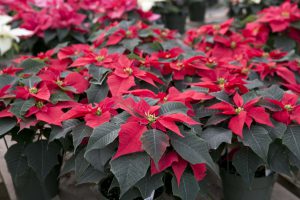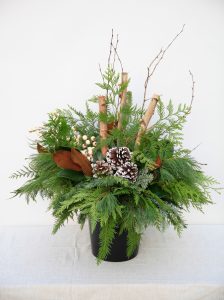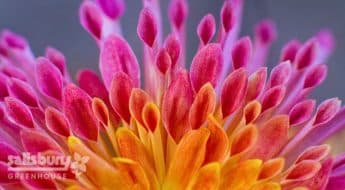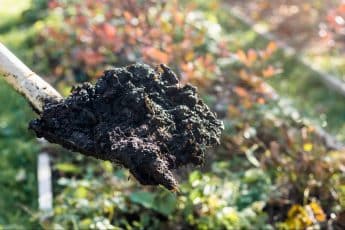Pansies Folklore & Care
by Rob Sproule
A lot of people ask me what the difference is between Pansies and Violas. While the technical answer involves their number of petals and which direction they point, the practical answer is: nothing. The terms are typically used interchangeably and, in fact, the multitude of pansies available today are all derived from the original Viola tricolor.
Today, the humble pansy is ranked as the world’s favourite flower. Anyone who has come home, fuming from a stressful day, to be soothed by the impossibly cheerful face of a smiling yellow pansy can easily see why.
The Pansy’s Many Names
Has looking at a pansy ever made you a little wistfully glassy eyed, perhaps with thoughts of your heart’s love drifting into your mind’s eye. If so, consider yourself a love-sick part of a 1000 years of European folklore.
King Arthur was the first famous pansy enthusiast. His knights plucked petals to look for telltale signs of the future. If the petal has 4 veins, it meant they could afford to hope; if the lines were thick and leaned to the left, trouble was afoot, and so on. The tradition carried on through the Victorian age.
While Pansy is its most popular name, which derived from the French word pensee, meaning thought, this long-loved flower has acquired dozens of common names throughout history. A very abridged of them, which usually revolve around youthful infatuation, is Call-Me-To-You, Heartsease, Jump-Up-and-Kiss-Me, English Violet, Cuddle Me, Three-Faces-Under-a-Hood, Kiss-her-in-the-Buttery, and Love-in-Idleness.
If that last name sounds familiar, you know your Shakespeare. In A Midsummer Night’s Dream, the mischievous Puck dripped the juice from Love-in-Idleness on Lysander’s eyes (instead of the intended Demetrius and Elizabethan hilarity ensures). In Roman mythology, violets were white until Cupid’s stray arrow pierced it, staining its white with the purple of love-sick desire.
First Colour of Spring
Albertans cherish pansies because they’re often the first colour of spring. In April, which is often muddy and brown, their bright, pure primary colours trumpet forth winter’s impending end and promise greener gardens ahead.
It’s an exciting day when I plant my pansies outside. A pansy that’s been locally grown – which means grown in cool temperatures, as opposed to warm Vancouver – can endure around -8 degrees C nights, which means that I can usually plant them end March or early April. As long as I plant them to be sheltered from the summer afternoon sun, they’ll flower and thrive until close to Halloween, making them the best bang for the buck in Canada.
When I see my pansies outside, it eases my own heart to see the bright colours lighting up April’s grim palette of brown, grey, and brown. Their cheerful faces tell me spring is coming, and I know they never lie.
Basic Care
Pansies are as easy as they get. Plant them in partial shade; our afternoon sun is too dry for their European woodland temperaments.
Keep the soil moist but not wet; pansies hate drying out and will wilt quickly when they do (luckily they perk up quickly, as well). Fertilize them every couple of weeks with whatever you have lying around (a higher middle number if you want more flowers).
They won’t perform in the midsummer’s heat (except possibly as a love potion), so don’t force them. Plant heat lovers next to them and cut them back a half. They’re grow back after Labour Day for a fresh fall show. Let them bloom their hearts out until well after the first hard frosts; they will be the last plant standing in the late fall.
















